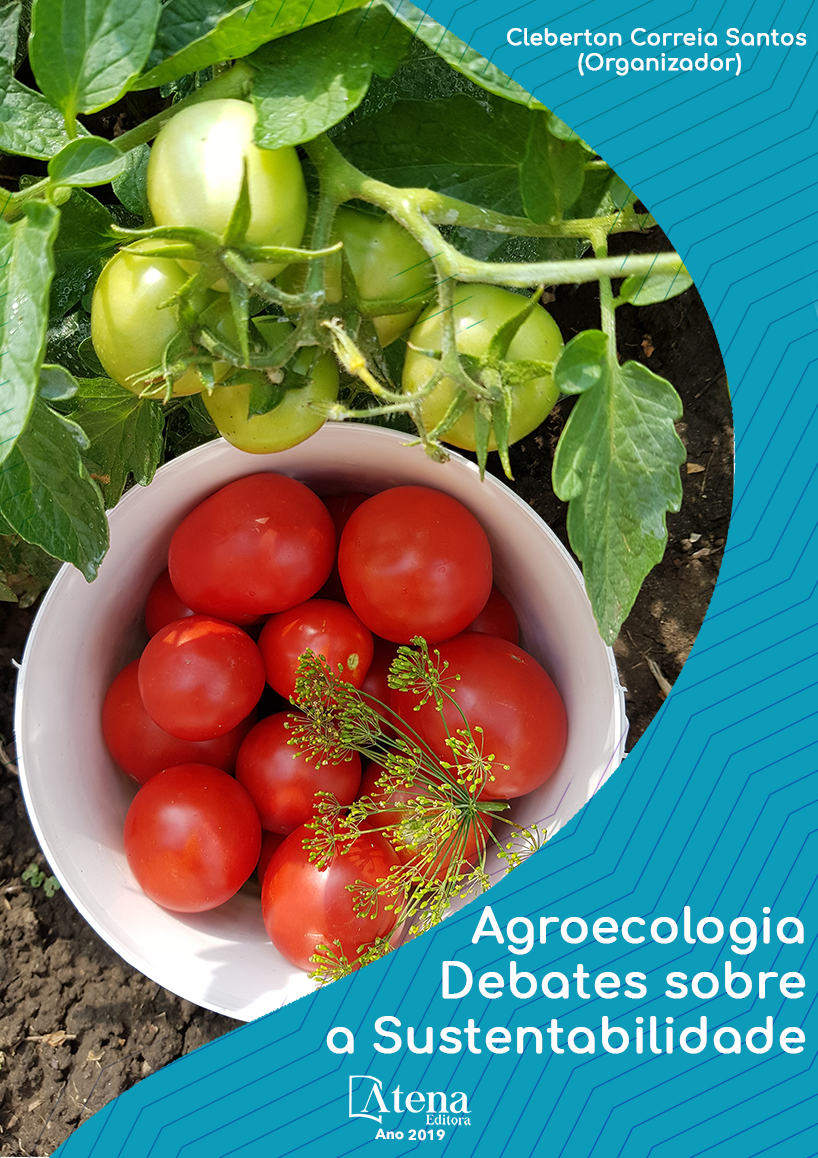
Agrobiodiversidade em um quintal agroflorestal na Vila do Tamancuoca, Município de Santa Luzia do Pará
Dentro dos sistemas agroflorestais,
estão situados os quintais agroflorestais, que
são formados por várias espécies vegetais,
principalmente frutíferas, em associação
com animais. Estes quintais contribuem para
com a alimentação saudável dos pequenos
agricultores familiares e, ainda, ajudam a
complementar suas rendas. São práticas
ambientalmente mais corretas que, dentre
outras coisas, permitem uma maior proteção do
solo. Assim, este trabalho objetivou identificar
as espécies vegetais e seus respectivos usos
num quintal agroflorestal de uma propriedade
particular, destacando suas importâncias
na alimentação e renda familiar. Para tanto,
passou-se três dias na propriedade rural para
se conhecer melhor os hábitos, costumes e
a interação dos moradores. Também, houve
aplicação de questionário semiestruturado para
se coletar dados e informações importantes
acerca da agrobiodiversidade florística ali
presente. Identificou-se 21 espécies vegetais,
das quais 95% são frutíferas, utilizadas na
alimentação e/ou para vender. Dentre estas,
a que se destacou foi o açaizeiro, sendo
fortemente consumido e o maior contribuidor
para com a renda dos moradores. 19% das
espécies têm fins medicinais, como a andiroba
e o capim-santo. Concluiu-se que os quintais
agroflorestais são práticas agroecológicas
importantes que contribuem para com uma
melhor alimentação dos moradores, além de
ser uma forma de usar o meio ambiente sem
agredi-lo significantemente e também é uma
forma de complementar a renda.
Agrobiodiversidade em um quintal agroflorestal na Vila do Tamancuoca, Município de Santa Luzia do Pará
-
DOI: 10.22533/at.ed.9931924077
-
Palavras-chave: Quintais Agroflorestais. Espécies Frutíferas. Pequeno Agricultor.
-
Keywords: Agroforestry Yards. Fruit Species. Small Farmer.
-
Abstract:
Within agroforestry systems,
there are agroforestry yards, which are formed
by several plant species, mainly fruit trees, in
Agroecologia Debates sobre a Sustentabilidade Capítulo 7 69
association with animals. These yards contribute to the healthy eating of small family
farmers and help supplement their incomes. They are more environmentally correct
practices that, among other things, allow greater soil protection. Thus, this work aimed
to identify the plant species and their respective uses in an agroforestry yard of a
private property, highlighting its importance in food and family income. For that, three
days were spent in the rural property to get to know better the habits, customs and the
interaction of the residents. Also, a semistructured questionnaire was applied to collect
data and important information about the floristic agrobiodiversity present. Twenty-one
plant species were identified, of which 95% are fruit trees, used for food and / or for
sale. Among these, the one that stood out was the açaizeiro, being heavily consumed
and the largest contributor to the income of the residents. 19% of the species have
medicinal purposes, such as the andiroba and the holy grass. It was concluded that
agroforestry yards are important agroecological practices that contribute to a better
nutrition of the residents, besides being a way of using the environment without
attacking it significantly and also is a way to complement the income.
-
Número de páginas: 15
- Edivandro Ferreira Machado


